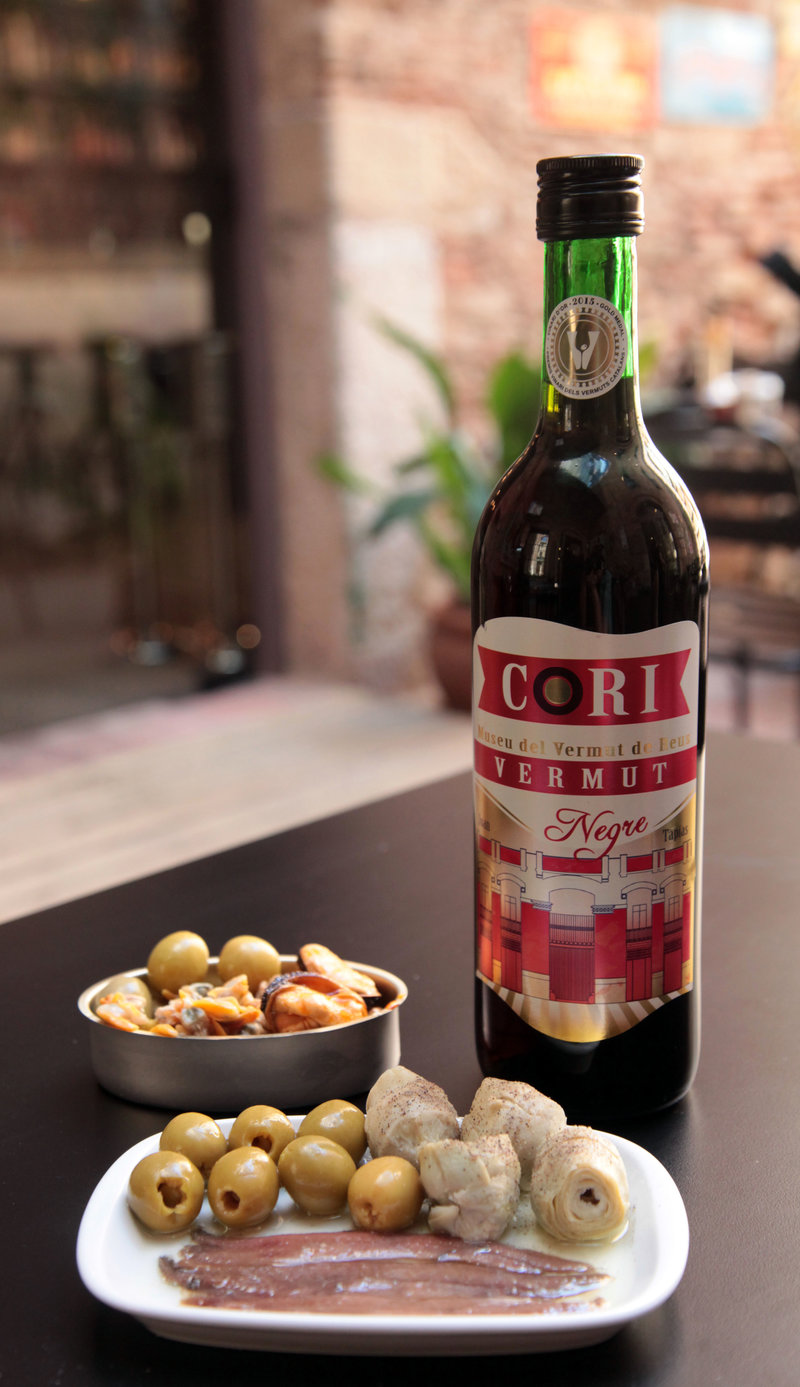Modernism and vermouth in Gaudí’s city
The architectural and decorative style of modernism, typical of the early 1900s, forever marked the urban landscape of Reus. The economic and cultural splendour of that time transformed its architecture into a modernist city. The birth of Antoni Gaudí and the presence of some of his closest collaborators in the city have left a visible mark and have given the city an aesthetic character. The economic and cultural effervescence of the city at the end of the 19th and beginning of the 20th century, when Reus was Catalonia’s second city, can be seen in the luxury of the houses of the bourgeois families of the time, such as Casa Navàs and Casa Rull, but also in such unique buildings as the Institut Pere Mata psychiatric hospital. The Reus Modernism Route is a tour of the city through its nearly 80 listed buildings, which form a spectacular showcase of modernist architecture. This key piece of the historical and artistic heritage of Reus can be enjoyed, for the most part, on a pleasant walk. The buildings that form part of the route are easily identifiable by a plaque outside, which provides basic information such as the building’s name, the name of the architect and the year of construction.
Inside the Ravals Tomb, the historic centre of ancient mediaeval Reus, the Modernism Route includes some of the most emblematic modernist buildings. The Navàs house by Lluís Domènech i Montaner in Plaça del Mercadal, where there is also the Gaudí Centre, the Laguna and Carpa houses by Pere Casellas i Tarrats in Carrer de Monterols, the Serra house by Joan Rubió and the Marco house by Pere Domènech i Roura in the Santa Anna district are some of the modernist gems to be found in the old town. And just a few blocks beyond the historic centre, there are a number of buildings along the route. In Carrer de Llovera there are up to four modernist houses, including the Casa Bartolí by José Subietas. Carrer de Sant Joan is another essential point to visit, with the well-known Casa Gasull and Casa Rull by Domènech i Montaner, the last declared cultural asset of national interest, and the unique anti-tuberculosis dispensary by Joan Rubió. On the outskirts of Reus there are also heritage elements that form part of the Modernist Route, with special mention to the Pere Mata Institute, also the work of Domènech i Montaner.
The Gaudí Route
A Reus native, Antoni Gaudí revolutionised his craft, with groundbreaking designs combined with the pragmatism that characterised the modernists. Although the city does not have any work by the architect, Reus preserves Gaudí’s memory, from his birthplace to the places he frequented in his childhood and adolescence before he left for Barcelona. Visitors can follow in the footsteps of the genius on the “Gaudí & Reus” Route, which includes the sculpture that the city dedicated to his childhood.
The vermouth capital
Reus vermouth is synonymous with quality and has become known far and wide. To the historical brands, which continue production that began in the late 19th or early 20th century, new brands have been added. The city even has the Vermouth Museum, which houses the world’s largest vermouth exhibition, with over 6,000 historical items related to the beverage on display.




